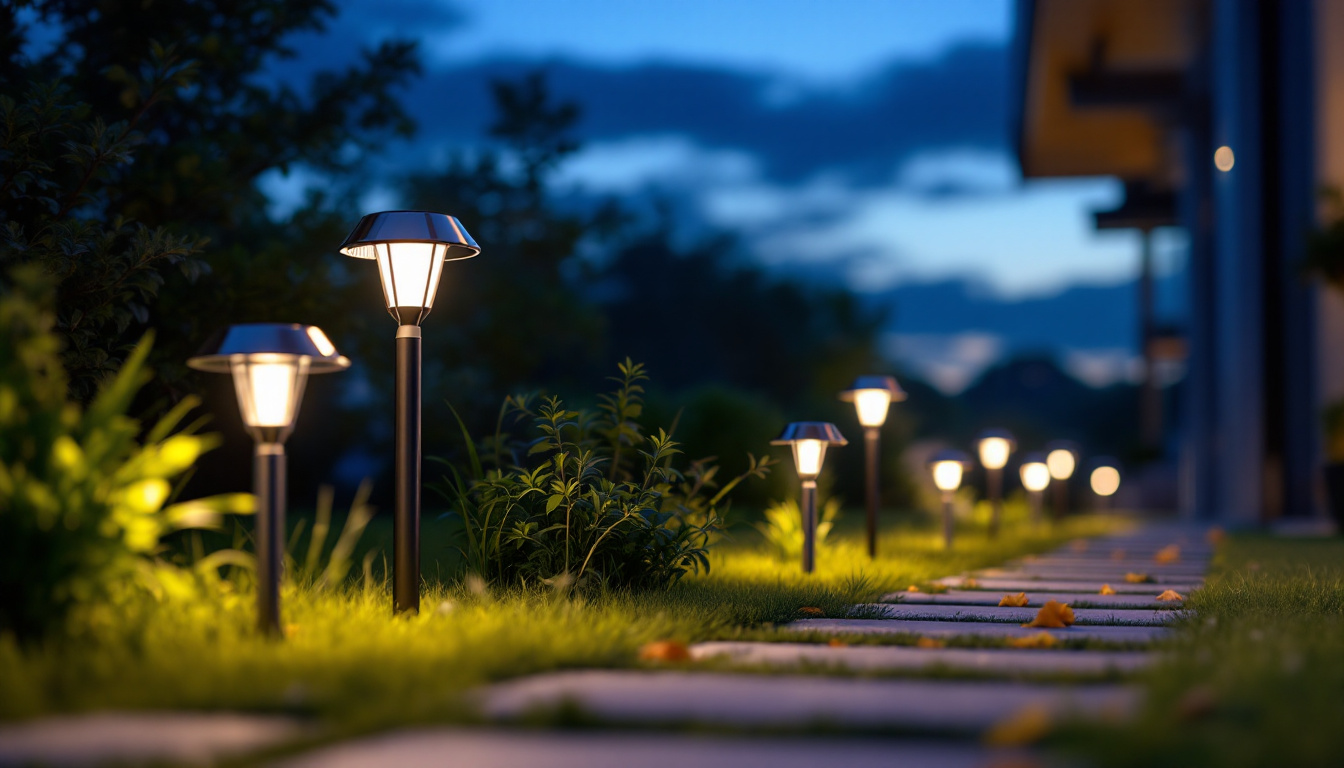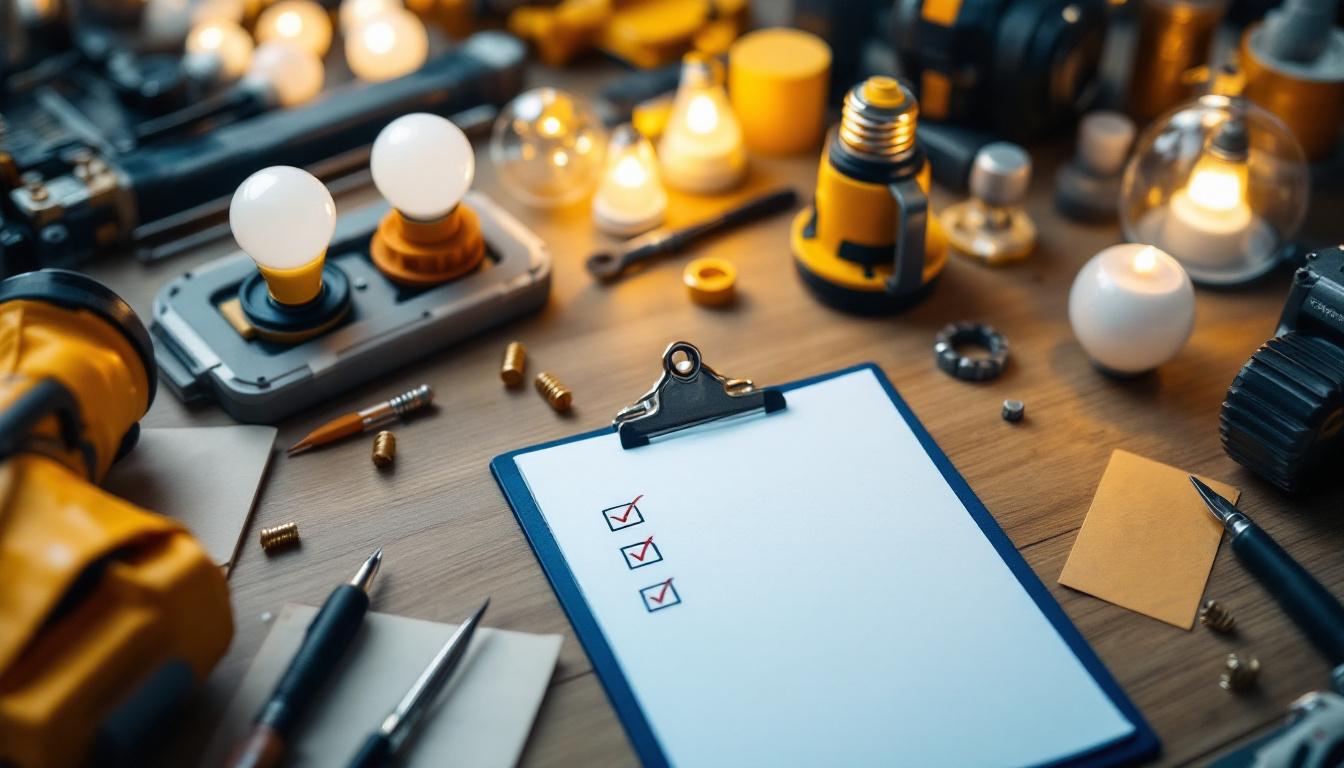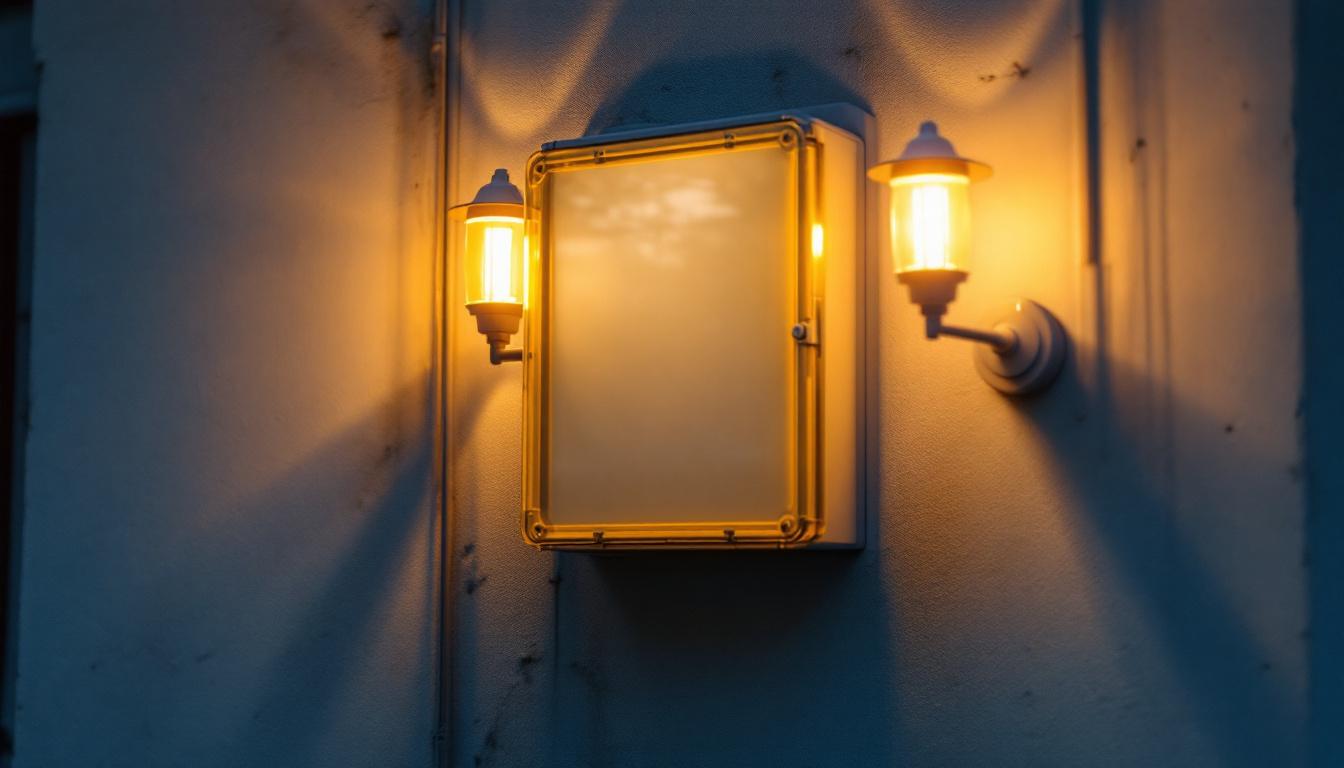
In recent years, linear hanging lights have gained immense popularity in both residential and commercial spaces. Their sleek design and versatility make them a preferred choice for many lighting contractors. However, the installation and maintenance of these lighting fixtures come with their own set of challenges. Understanding these hurdles can help contractors navigate the complexities of their projects more effectively.
Linear hanging lights are not just simple fixtures; they come with various technical specifications that contractors must comprehend thoroughly. From wattage to color temperature, each aspect plays a crucial role in the overall effectiveness of the lighting solution.
One of the primary challenges is selecting the appropriate wattage for the space. Too much wattage can lead to excessive energy consumption, while too little can result in inadequate lighting. Contractors must be well-versed in energy-efficient options that comply with local regulations and standards.
Furthermore, understanding the energy efficiency ratings of different linear lights is essential. LED options, for instance, can offer significant savings in energy costs over time, but the initial investment may be higher. Contractors need to balance upfront costs with long-term benefits to provide the best solutions for their clients. This often involves conducting a cost-benefit analysis, taking into account factors such as lifespan, maintenance costs, and the potential for rebates or incentives from energy providers for using energy-efficient lighting solutions. By doing so, contractors can present a well-rounded proposal that highlights both immediate and future savings for their clients.
Color temperature is another critical factor that can affect the ambiance of a space. Linear hanging lights come in various color temperatures, ranging from warm to cool. Contractors must consider the intended use of the space and the mood that the lighting will create. For example, a cozy restaurant may benefit from warmer tones, while a modern office space might require cooler, more vibrant lighting.
Additionally, the aesthetics of the linear hanging lights must align with the overall design of the space. This requires contractors to stay updated on current design trends and to understand how different styles of fixtures can complement various architectural elements. For instance, industrial-style linear lights with exposed bulbs may enhance a loft’s rustic charm, while sleek, minimalist designs can contribute to a contemporary aesthetic in a corporate setting. Moreover, the finish of the fixtures—whether matte black, polished chrome, or brushed brass—can significantly influence the overall look and feel of the environment. By carefully selecting fixtures that harmonize with the existing decor, contractors can elevate the design while ensuring functional lighting that meets the needs of the space.
The installation process for linear hanging lights can be complex, often requiring specialized skills and tools. This complexity can lead to several challenges that contractors must be prepared to face.
One of the most significant challenges is dealing with varying ceiling heights. Linear hanging lights need to be installed at a specific height to achieve optimal lighting effects. In spaces with high ceilings, this can require additional equipment and safety measures, such as scaffolding or lifts, which can complicate the installation process.
Moreover, mounting issues can arise depending on the type of ceiling. For instance, concrete ceilings may require different mounting hardware compared to drywall. Contractors must be equipped with the right tools and knowledge to handle these discrepancies effectively. The choice of mounting hardware is critical; using the wrong type can lead to improper installation, which not only affects the aesthetics but can also pose safety risks. Additionally, contractors must consider the weight of the fixtures, as heavier lights may necessitate more robust anchoring solutions to ensure they remain securely in place.
Electrical considerations are paramount during the installation of linear hanging lights. Contractors must ensure that the existing electrical infrastructure can support the new fixtures. This often involves assessing the load capacity of circuits and determining whether additional wiring or circuit breakers are necessary.
Furthermore, safety regulations must be adhered to, which can vary by location. Contractors need to be familiar with local codes regarding electrical installations to avoid potential legal issues and ensure the safety of the end-users. In addition to compliance, the integration of smart lighting systems can add another layer of complexity. These systems may require specialized programming and additional components, such as control panels or sensors, which must be factored into the installation timeline and budget. As technology advances, staying updated on the latest electrical standards and innovations becomes essential for contractors to deliver safe and efficient lighting solutions.
Once installed, linear hanging lights require ongoing maintenance to ensure they function optimally. This can present its own set of challenges for lighting contractors, especially in commercial settings where downtime must be minimized. Regular inspections and cleaning are essential to prevent dust and grime from accumulating on the fixtures, which can diminish their brightness and efficiency over time. Additionally, keeping the surrounding areas well-maintained can also contribute to the overall effectiveness of the lighting, as obstructions can cast shadows and reduce the intended illumination.
Accessing linear hanging lights for maintenance can be a significant hurdle, particularly in high or hard-to-reach areas. Contractors must plan for easy access during the installation phase, which may involve selecting fixtures that allow for quick bulb replacements or adjustments. In commercial environments, this might mean utilizing adjustable mounting systems or strategically placing fixtures to ensure they are within reach of standard maintenance equipment.
In some cases, specialized equipment may be necessary for maintenance tasks, adding to the overall cost and complexity. For instance, scaffolding or lifts may be required for lights installed in expansive spaces like warehouses or auditoriums. Contractors should communicate these considerations to their clients upfront to set realistic expectations regarding maintenance requirements. Furthermore, establishing a clear protocol for maintenance access can help streamline the process, reducing the time and effort needed for future upkeep.
Another challenge is managing the longevity of linear hanging lights. While LED options typically have a longer lifespan, they are not immune to failure. Contractors must be prepared to address issues such as flickering lights or complete fixture failures. Understanding the specific environmental conditions in which the lights operate, such as temperature fluctuations or humidity levels, can also play a crucial role in their longevity. For example, fixtures exposed to high humidity may require additional protective measures to prevent corrosion and ensure optimal performance.
Establishing a regular maintenance schedule can help mitigate these issues, but it requires ongoing communication with clients. Contractors should educate clients on the signs of potential problems and the importance of timely maintenance to prolong the life of their lighting systems. This could include training staff on how to recognize early warning signs, such as unusual noises or inconsistent lighting patterns, which can help in identifying issues before they escalate. By fostering a proactive maintenance culture, contractors can not only enhance the durability of the lighting systems but also build stronger relationships with their clients through shared responsibility for the upkeep of the installations.
Effective communication with clients is vital throughout the entire process of selecting, installing, and maintaining linear hanging lights. Lighting contractors must ensure that clients are well-informed about their options and the associated challenges.
One of the most important aspects of client communication is setting realistic expectations. Clients may have specific visions for their spaces, but contractors must guide them based on practical considerations such as budget, installation complexity, and maintenance requirements.
By providing clear explanations and visual aids, contractors can help clients understand the implications of their choices. This proactive approach can lead to more satisfied clients and fewer misunderstandings down the line.
Beyond the installation phase, ongoing support is crucial for maintaining a positive relationship with clients. Contractors should offer services such as regular check-ins and maintenance reminders to keep the lines of communication open.
Additionally, providing clients with educational resources about the care and operation of their linear hanging lights can empower them to make informed decisions. This not only enhances client satisfaction but also positions contractors as trusted experts in their field.
The lighting industry is continually evolving, with new technologies emerging that can enhance the functionality and efficiency of linear hanging lights. Contractors must stay abreast of these advancements to remain competitive and provide the best solutions for their clients.
Smart lighting technology has revolutionized the way linear hanging lights can be used. Features such as dimming capabilities, color changing, and remote control operation can significantly enhance the user experience. However, integrating these technologies into existing systems can present challenges.
Contractors must be knowledgeable about the various smart lighting options available and how they can be incorporated into linear hanging light installations. This may involve additional training or partnerships with technology providers to ensure a seamless integration process.
Energy management systems are another area where contractors can provide added value. These systems allow clients to monitor and control their energy consumption, leading to cost savings and improved sustainability. However, implementing these systems can be complex and may require additional expertise.
Contractors should consider investing in training or certifications related to energy management technologies to enhance their service offerings. By doing so, they can position themselves as forward-thinking professionals who are committed to sustainability and efficiency.
Linear hanging lights present a unique set of challenges for lighting contractors, from understanding technical specifications to navigating installation complexities and ongoing maintenance. By being aware of these challenges and proactively addressing them, contractors can enhance their service offerings and build lasting relationships with clients.
Ultimately, success in the lighting industry hinges on a contractor’s ability to adapt to changing technologies, communicate effectively with clients, and provide solutions that meet their specific needs. Embracing these challenges can lead to greater opportunities and a more successful business in the ever-evolving world of lighting design.
Ready to tackle the challenges of linear hanging lights with confidence? At LumenWholesale, we support lighting contractors like you with high-quality, specification-grade lighting products at exceptional wholesale prices. Say goodbye to local distributor markups and hello to our extensive selection that meets rigorous industry standards. With free shipping on bulk orders, you can trust that you’re getting the best value without any hidden costs. Elevate your lighting projects with the durability, performance, and affordability that LumenWholesale offers. Discover wholesale lighting at the best value today and light up your clients’ spaces with excellence.

Discover how solar ground lights can revolutionize your lighting projects.

Discover the essential checklist for lighting contractors to master daylight lightbulb installations.

Discover the latest strategies and techniques in commercial track lighting tailored for lighting contractors.

Discover the ultimate checklist for lighting professionals focusing on outdoor junction box lights.